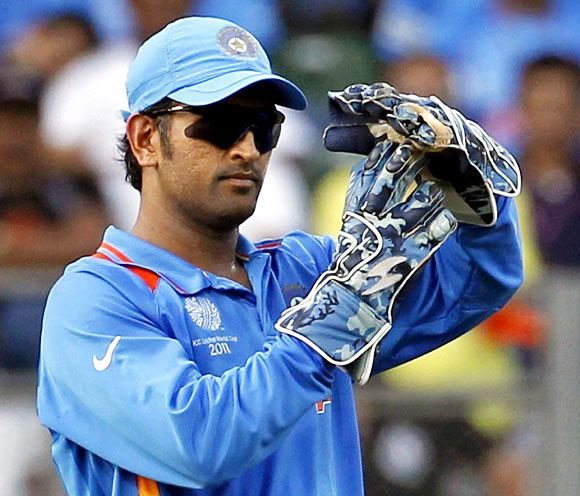
The International Cricket Council (ICC) chief executives' committee has approved all recommendations made by the ICC cricket committee in May, which include the use of Decision Review System (DRS) in all T20I games and teams not losing a review when an LBW review comes back as Umpire's Call.
This means that from October 1, teams will not lose a review for "umpire's call" verdicts under the DRS.
The 80 over top-up of reviews in Test cricket has been removed. The committee also approved the minimum standards for the use of DRS for international cricket. This includes the mandatory use of accredited ball tracking and edge detection technology.
From October 1, teams will not lose a review for "umpire's call" verdicts under the decision review system (DRS). The ICC chief executives' committee on Friday approved this and all other recommendations made by the ICC cricket committee in May.
A number of the approved recommendations were related to the DRS. Teams will no longer have their reviews topped up at the 80-over mark in Test matches. DRS, meanwhile, will now be used in the T20I format as well.
The other changes approved by the committee include:
Bat size restrictions
In order to restore the balance between bat and ball, the ICC approved recommendations relating to bat sizes.
The Marylebone Cricket Club (MCC) World Cricket Committee in Mumbai, which included Australian legend Ricky Ponting among other cricket luminaries and is chaired by former England captain Mike Brearley, last year suggested that size of a bat's edges and depths should be limited to 40 mm and 67 mm, respectively.
"As a result, the main Committee of MCC will be asked to approve a limit to bat edges of 40mm and bat depths of 67mm (60mm for the depth plus an allowance of 7mm for a possible curve on the face of the bat). If approved, these changes will be implemented into the new code of the Laws of Cricket, which will be introduced on 1 October 2017," the MCC suggested.
"Many of the top players' bats have edges of between 38mm and 42mm, but there are some which have edges of up to 50mm, which was felt to be excessive and in need of restriction," the governing body emphasised.
Punishments for on-field misconduct
As in football, umpires will now be vested with the power to send players off the field for serious incidents of misconduct. "All Members," the ICC said, "have agreed to implement this in full."
"The MCC world cricket committee recommended that umpires be empowered "to eject cricketers from a game for serious disciplinary breaches" such as threatening an umpire, physically assaulting another player, umpire, official or spectator, and any other act of violence on the field," the MCC had in December said in a release.
"The World Cricket committee believes that the game must now include a mechanism to deal with the worst disciplinary offences during the match and not subsequent to it as is presently the case. If approved, the ability to send a player off would therefore come into effect at all levels of the game from 1st October 2017," it added.
Run-out rule change
Batsmen will be ruled to have made their ground if their bat bounces after being grounded behind the crease.












 © 2025
© 2025